What are Headphone Amplifiers and Why do we need them?
Understanding headphones preamps for listening and studio work.
Headphone amplifiers have a cult-like status in the global hi-fi headphones communities. Let’s find out why, and how we can use this knowledge to get better results when working on headphones.
We’ve discussed studio headphones previously, but let’s look at the difference between these and hi-fi headphones.
Understanding Headphone Amplifiers:
Studio vs. Hi-Fi Headphones
Studio headphones are designed with two main applications in mind:
- Isolation is key while tracking, so a closed-back design is generally preferred for monitoring.
- When mixing, the translation properties of your headphones are essential and you want to minimize ear fatigue. So, an open-back or a semi-open design generally suits this best.
Hi-Fi headphones are selected based on a different set of criteria:
- If you need a particularly discrete listening solution, a closed-back headphones design offers better isolation.
- While studio headphones aim to provide a degree of neutrality, hi-fi headphones may add a distinctive colour or character to the sound to enhance the listening experience.

Impedance
You’ll find that each model of headphones has its own impedance rating, usually in the range of 8 and 600 ohms. Headphone impedance is determined by the design of the voice coils and plays an essential role in the overall performance of a set of headphones. Headphone amplifiers usually provide a minimum impedance rating within their specifications.
This will help you avoid mismatched impedance which can result in two scenarios:
- The headphone impedance may be below that of the headphone amp’s minimum rating, which can produce distortion at higher volume levels.
- Higher impedance headphones (250-600 ohms) may be underpowered by your headphone amp, which makes them underperform. The signal might be soft and lacking in clarity, even with the volume turned way up.
Headphone Amplifiers vs Distributors
Another possible point of confusion is the difference between headphone amplifiers and distributors:
Headphone amps ensure that the integrity and dynamics of a signal are maintained and easily controlled when using headphones with different impedance ratings. Alternatively, headphone distributors split the signal and provide level controls for multiple sets of headphones.
While you can find decent multichannel headphone amps on the upper end of the market, it’s important to note that these are two separate functions and applicable to different situations.
Choosing Headphone Amplifiers:
Almost every audio interface is equipped with a built-in headphones amp, but not all of them were created equal, unfortunately. We’re going to look at solutions that provide the means to drive high-impedance headphones at different price ranges. So we’ll take a look at headphone amps for practice, monitoring, mixing, and hi-fi listening.
Swissonic HAD-1
So you’re looking for a basic compact headphone amp to drive a pair of 250 ohms headphones like the DT 990 Pro. Maybe you don’t have an audio interface, or you do but it’s mounted into your rack in studio.
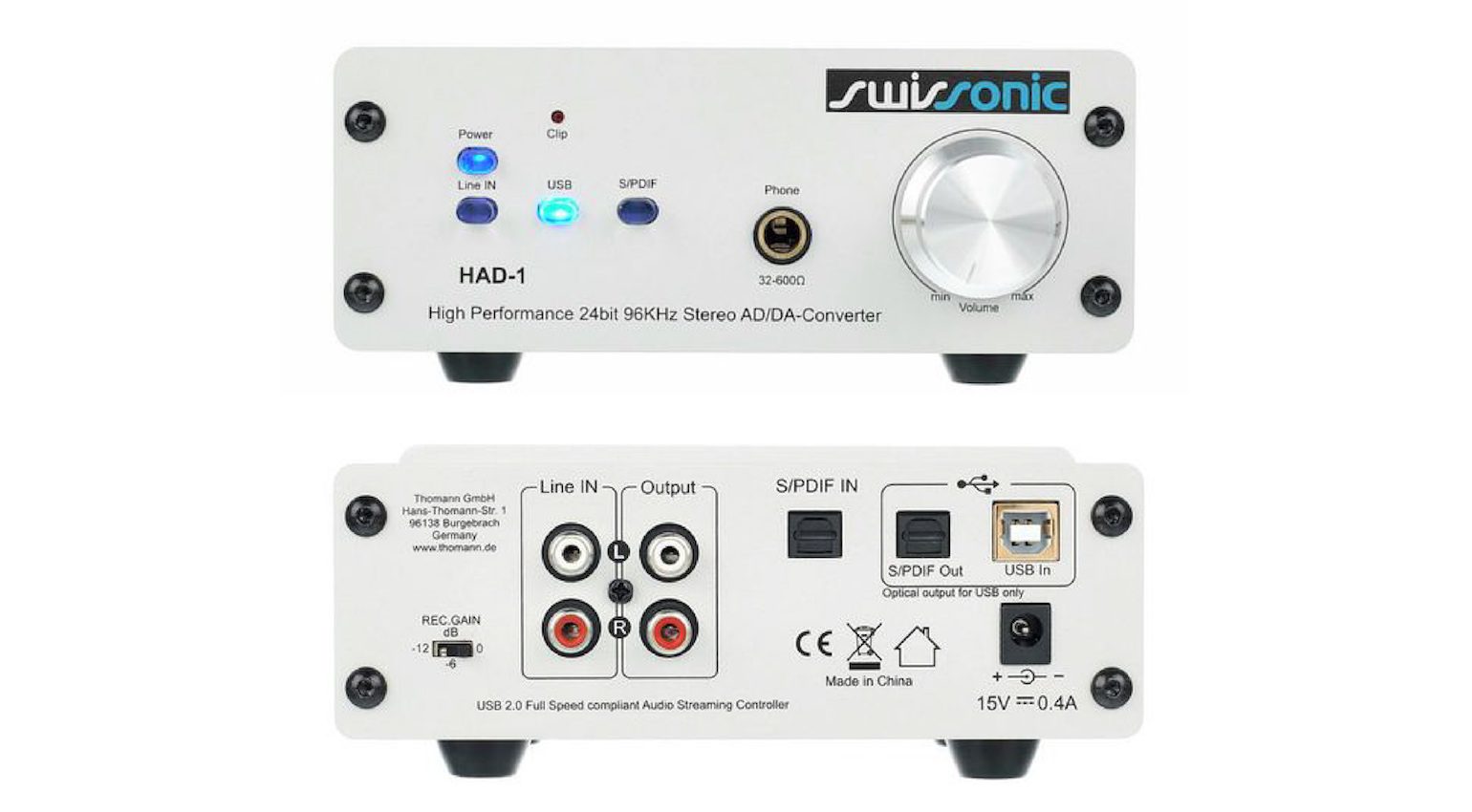
The HAD-1 will power headphones from 32 to 600 ohms, and it offers a simple USB 2.0 DA converter that includes S/PDIF I/O (with surround playback). The analogue I/O is unbalanced RCA, but it also offers a handy gain switch with three settings (-12, -6, and 0 dB).
Overall, it’s a useful tool and an affordable way to get into the more high-end range of the headphones market.
- Browse Swissonic on Thomann

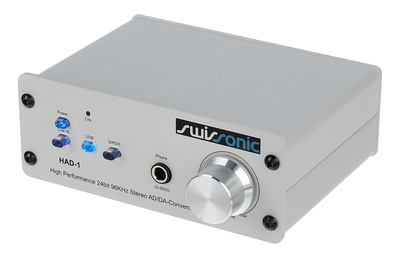
Darkglass Element
The Element is a pedal from Darkglass Electronics that provides a headphones solution for electric guitar and bass players while practicing, but it offers plenty of other useful features too.

It has two headphones outs, an aux-in, and Bluetooth for playing along with another song. This makes it useful too for both collaboration and teaching, and the choice of five cabinet simulations means you won’t blow your neighbours away with your Marshall stack.
Additional cab sim IRs can be loaded via USB-C and the Element also functions as a DI-box with a balanced XLR output for recording.
- More from DarkGlass

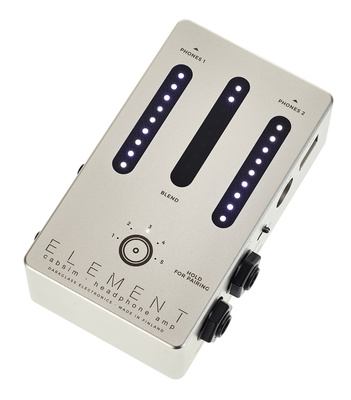
Lake People G103 MKII
Whether you need a studio or hi-fi solution, the G103 MKII supports headphones with impedance ratings of between 16 and 600 ohms. There are two models to suit specific applications: the G103-S is equipped with unbalanced RCA connectors and the G103-P has balanced XLR inputs.

You can vary the level of amplification, although this involves opening the anodized aluminium casing and making these adjustments manually. The G103 MKII is built like a tank and gets excellent performance from even vintage headphones, which is great.
One thing to note is that the power supply is 230V and won’t work in the USA without a voltage transformer.
- More from Lake People

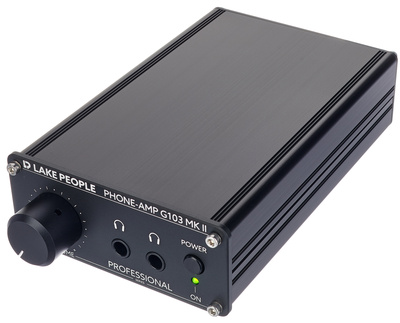

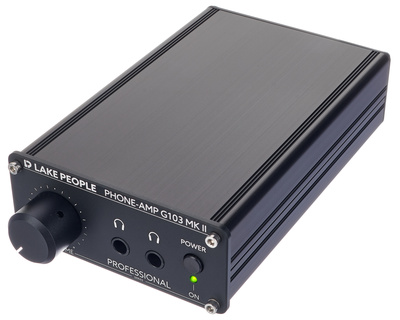
SPL Phonitor One
SPL is known for high-quality audio in both hi-fi and studio equipment, and the Phonitor One caters to both worlds. It gives you powerful preamplification with two Burr-Brown OPA 2134 SoundPlus operational amplifiers and SPL’s crossfeed function.

With this knob, you can emulate the stereo image of your existing studio monitor setup. What this does is help bridge the gap between the two monitoring workflows so you can achieve better translation on your mixes.
It’s also a great tool for enhancing your listening experience when exploring different genres. In addition, the Phonitor One has both balanced TRS and unbalanced RCA inputs, so you have a range of connectivity.
- More from SPL

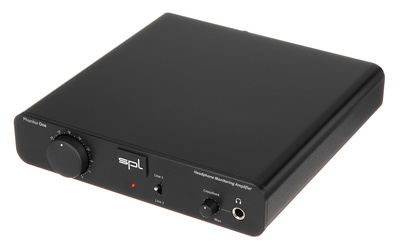

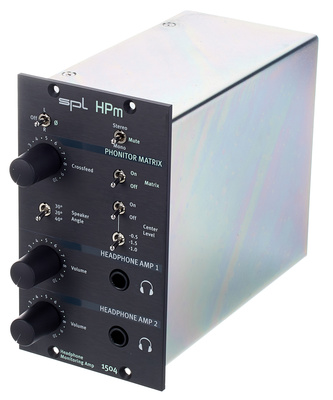
Rupert Neve Designs RNHP
For those looking for console-grade audio quality, the RNHP is based on the RND 5060 Centerpiece headphone amp section. It’s a 24V precision reference headphone amp with multiple input formats, including XLR, RCA, and mini-jack.

When complete transparency is a requirement, the RNHP is built with the highest-grade materials to ensure the integrity of the audio you’re listening to, with any set of headphones up to 600 ohms.
The rugged steel chassis is also VESA 100 mounting compatible, so you can easily incorporate the RNHP into your desktop setup or vocal booth.
- More from Rupert Neve Designs

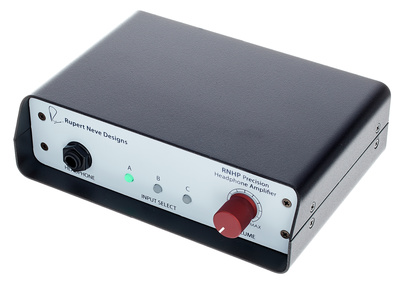
More about Headphone Amplifiers:
- All about headphones
- More about home recording
Videos:
*Note: This article contains promotional links that help us fund our site. Don’t worry: the price for you always stays the same! We will receive a small commission if you buy something through these links. We appreciate your support!
6 responses to “What are Headphone Amplifiers and Why do we need them?”

You are currently viewing a placeholder content from Facebook. To access the actual content, click the button below. Please note that doing so will share data with third-party providers.
More InformationYou are currently viewing a placeholder content from Instagram. To access the actual content, click the button below. Please note that doing so will share data with third-party providers.
More InformationYou are currently viewing a placeholder content from X. To access the actual content, click the button below. Please note that doing so will share data with third-party providers.
More Information 3,8 / 5,0 |
3,8 / 5,0 | 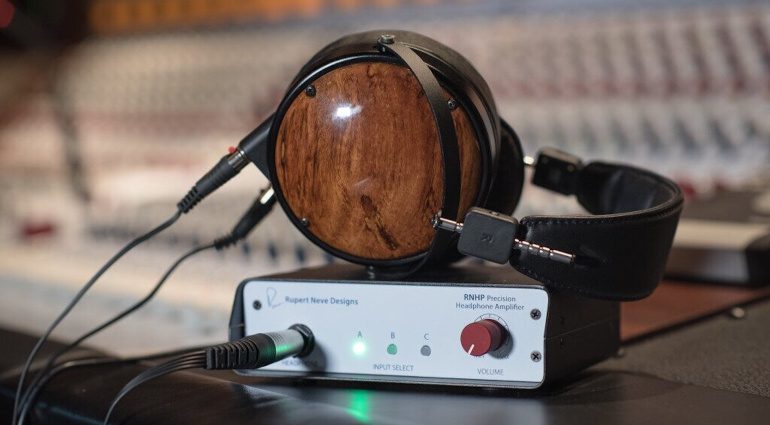


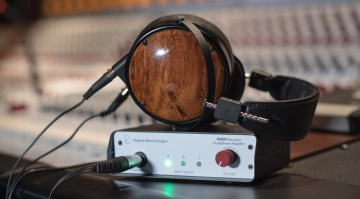

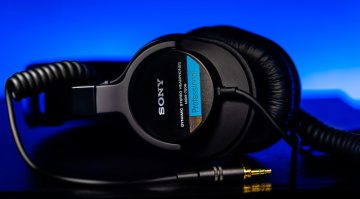
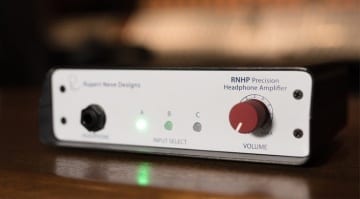

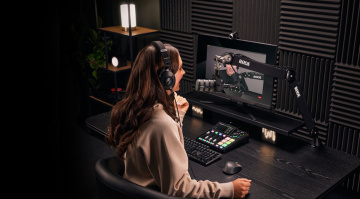
Every headphone amplifier has some additional features that nobody really needs. Obviously, these additional functions are only built in to distract from the essentials. And what is the essential? I believe essentially that you don’t need any headphone amp at all. Even not when mastering anyway, because if you want to master with headphones, you probably have to know that this is not possible at all. Otherwise, you only need multiple outputs for multiple monitors, e.g. A typical multi headphone amplifier, which would also make sense to supply several band members with their own volume. But as a single supply to only one listener I see no use in it.
I use the RNHP in my studio as a gold standard. that paid with a pair of hd600 is how that audio sounds good sure. for fun hifi listening I use a balanced little bear tube headphone amp
One thing nearly all headphone amps lack is any form of EQ. There are a few scenarios where a little extra bass or something like that if you’re using in ears that might be a little light at the bottom. You don’t want to tubby up your main outs, just compensate at the headphone out.
The fact is, not all headphones are flat. A switchable EQ section is sorely missing…
hello,I how do I get the headphone amp,with headphone I want listen to music on the go.im deafness in both ear i wear hearaids for sound i read lip.please I been try find one ,
Hi there, perhaps consult your local audiologist before getting recommendations from anyone else.
Great info! Maybe more than a novice really needs. Some headphones are easy to power off of just about anything. Those are the ones with high sensitivity. Others require a little help from a low-wattage amp. Others require a lot of help from a high-wattage amp.
The two factors most often looked at are the impedance and the SPL/sensitivity. A headphone with a lower impedance (Ohms) and a higher sensitivity (dB) is easier to run; one with a higher impedance and a lower sensitivity is harder to run.
Some headphones don’t need any help at all. Grados, with their 32 Ohm drivers and a sensitivity of 99.8 dB, can run off of anything.
Some headphones could use a little help. The Sennheiser HD600 (300 Ohms/97 dB) is functional on its own but not very loud. You’re never going to hear it at its best without an amplifier. On the other hand, you don’t need much amplification to get excellent results from it. A small, portable amp will suffice. Even so, this headphone scales with better, more powerful amps.
Some headphones need a lot of wattage. You can run them without an amp but you’ll only get a fraction of the performance without a high-wattage amp. Even a modest amp will make them louder but you still won’t hear everything they’re capable of unless you pair them with an amp with some serious muscle.
The HiFiMan Susvara has an impedance of only 60 Ohm, so you’d think it would be easier to run than an HD600. But its sensitivity is 83 dB. You can hear it on your MacBook Pro but you won’t know why you spent $6,000. You can pair it with a lot of amps and still not get more than a fraction of its performance. The Ferrum Oor, on the other hand, outputs 8 watts per channel, enough to handle the Susvara and the Abyss AB-1266 (50 Ohm/88 dB), another tricky headphone to power.
Most headphones don’t need that much wattage, especially your first set of headphones. The HiFiMan Sundara, for example, is easily powered at 37 Ohms/94 dB. It will function without an amp but at limited volume and fulness. Still, a small amp will get you there, which is one of several reasons it provides great bang for the buck.